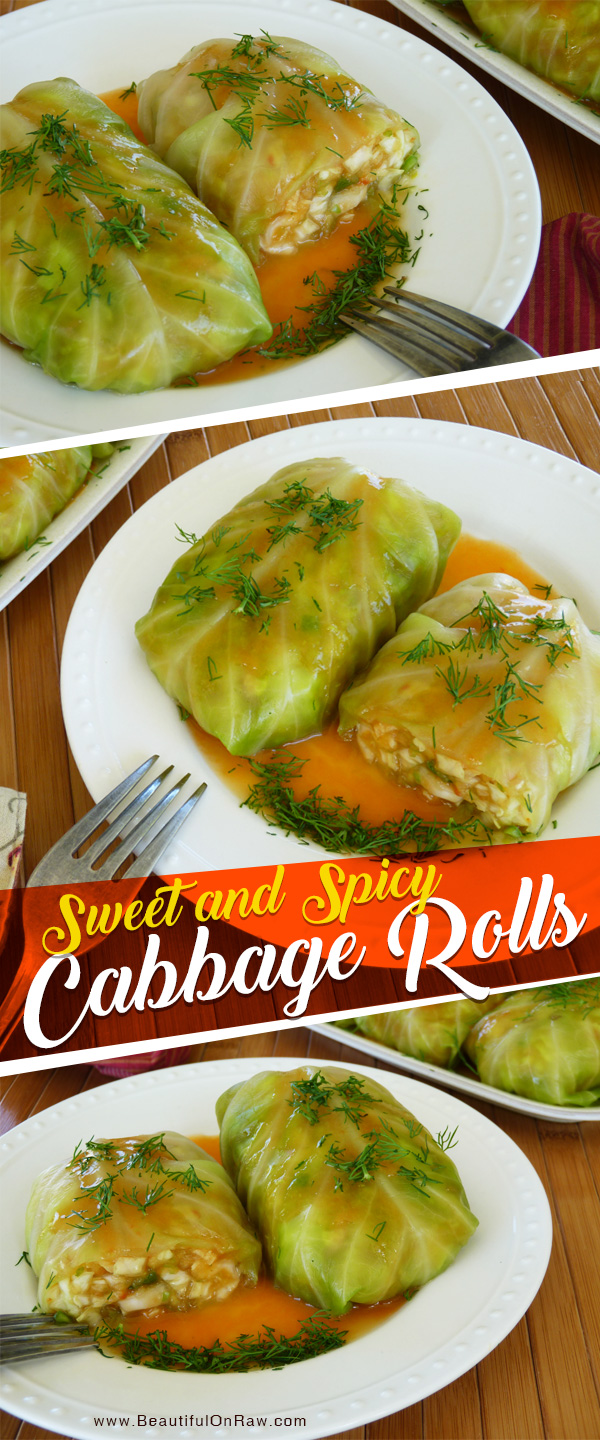Boost Your Immune and Digestive Systems

If you grew up in a traditional society, cultured food has probably always been a part of your diet. Korean kimchi, Polish sauerkraut, Bulgarian yogurt, Japanese miso, Middle Eastern kumis — the list is endless. Russians, for example, feel a great affinity towards fermented green cabbage, since this vegetable is readily available and stores well in a cold cellar, while maintaining its original nutritional value.
To this day, as has been the case for many generations, Russians prepare big crocks of fermented cabbage that will last them all winter and into the spring, a time when fresh vegetables and greens are hard to come by. The juice from fermented cabbage has gained a reputation as a hangover remedy and a morning sickness tonic for pregnant women.
You can ferment just about anything that is considered edible, and that’s the beauty of it: using what’s in season and what’s available and still being able to make very nutritious and economical food. The vegetables that have undergone bacterial pre-digestion don’t even require refrigeration providing they are kept in a cold cellar or garage.
Good for you and tastes good, too
Vegetables that have undergone fermentation significantly improve the digestive process and deal with pathogenic bacteria in the intestinal tract. Fermented foods build and boost the immune system, and stress-proof your body thanks to the billions of lactobacilli and other lactic acid bacteria species, saving you money on probiotic tablets and drinks. The home-made cultured veggies are loaded with enzymes and vitamins, including vitamin A, B, C, E, K and biotin, as well as a number of minerals.

If you have weak digestion, and don’t handle raw foods easily, then culturing the foods you eat can work wonders for your health. The same bacteria help you to absorb food better by pre-digesting your vegetables, which can be the difference between failure and success on the raw food path.
And have no regrets: you are not cheating, since cultured food is alive (literally) and full of life-giving enzymes. Some people are of the opinion that our stomachs treat sauerkraut as meat, increasing the production of hydrochloric acid when it is eaten. If that’s true then it’s good news for anyone transitioning to a vegetarian-type diet. As an additional bonus, the tangy taste of fermented foods can help to stop the sugar cravings, preventing you from turning into a carb junkie.
Studies performed with cultured cabbage show that it possesses an amazing property to prevent and slow down the division of cancer cells in patients with breast, colon, and lung cancer. Fermented cabbage strengthens the cardiovascular system, lowers cholesterol, and helps to reverse the biological clock. It is very beneficial for patients with diabetes and metabolic diseases.
Resist the urge to grab an ordinary jar of pickles or a can of sauerkraut from the store: not only are they pasteurized and high in salt — which means they don’t provide the beneficial enzymes — but they are also full of preservatives which can create an acidic condition in your body.
If your digestion needs a little help, or if your immune system needs a boost, then a simple jar of home - made cultured vegetables is all you need. And, if you like the taste of sauerkraut and its cultured cousins, there’s no reason not to make and enjoy cultured foods and drinks on a regular basis.
Step-by-step fermentation instructions.
Now that you know all about the amazing benefits of fermentation, it’s time to try it for yourself. Don’t think of it as an exact science. No two batches will ever taste the same due to the variance in room temperature, number of microorganisms, light, and even your mood, so when you make the recipe below, it will be your own, one-of-a-kind version.
Fermented Caraway Seed Kraut
This is a very basic and straightforward method of making your own fermented vegetables. After it ferments, you can put aside some of the juice — storing it in the fridge in a glass jar — and then add it to subsequent batches for faster fermentation.
Equipment:
- 1 quart, very clean, wide-mouth jar with lid (any glass jar will do, but avoid metal ones)
- A big bowl for mixing the vegetables
- A wooden spoon
- A food processor for shredding the vegetables, or a knife, a cutting board and a grater
Ingredients:
- 1 big head of cabbage, or enough for 8 cups when shredded
- 1 big carrot, or enough for 1 cup when shredded
- 2 tsp. unrefined sea salt, or Celtic sea salt
- 2 tsp. caraway seeds

Directions:
Wash the cabbage and carrot well. Remove a couple of external leaves from the cabbage and set them aside for later, then shred the rest of the cabbage using the food processor or a knife. The finer you shred, the easier it will be to release the juice from the vegetables. Place the shredded cabbage into the big bowl, then grate the carrot and add it to the cabbage. Mix everything together, sprinkle with salt and caraway seeds, and massage the mixture with clean hands, releasing the juice from the vegetables. When the cabbage starts to break down, and the juice (called brine) begins to accumulate in the bowl, take a break from massaging for 5-10 minutes and let the salt do its work.



Massage some more if required and taste test to make sure the mix tastes good. Adjust the seasoning if required. Transfer the cabbage and carrot mix into the jar, pressing each layer down firmly to prevent air pockets. You can use a clean, blunt object to press down on the cabbage if your hand doesn’t fit into the jar.
Pour the remaining brine from the bowl into the jar, fill the jar almost all the way to the top, then press down to make sure there is enough brine for the mix to be completely submerged. If you shredded the cabbage fine enough and massaged it well, you will have enough brine in the jar to cover the mix.

Roll one or two cabbage leaves and snuggly place them on top of the jar in order to keep the mixture submerged and to make sure no air gets in.
Put the lid on, cover it with a towel and leave it on the kitchen counter for a few days. If you wish, you can open it daily, burrow to the bottom of the jar with the handle of a wooden spoon and encourage the gas to escape, but this is an optional step. The brine might overflow a little, but this is normal and can be countered by standing the jar in a plate or bowl.

Keep checking and tasting the sauerkraut daily until the flavor is to your liking, which may take anywhere from 3 to 5 days. When the sauerkraut tastes the way you like it, move it to the refrigerator for storage. Once you start using the leftover brine as a starter for the following fermented creations, the process will be must quicker and easier.

When you get the hang of the basic recipes, you can start experimenting with other vegetables, spices and herbs to make cultured veggies that suit every palate. You can even try making your cultured food without salt if you are avoiding it for health reasons. The taste will be milder, but it will retain its sourness.
Adding salt to the vegetables during the fermentation process helps with taste, flavor, and preservation, but is not necessary to make a good ferment. In the non-salt version the acids that are formed as a result of lactic fermentation will act as preservatives. Keep in mind that cultured food prepared without salt will not last as long, and has to be stored in the refrigerator at all times.
